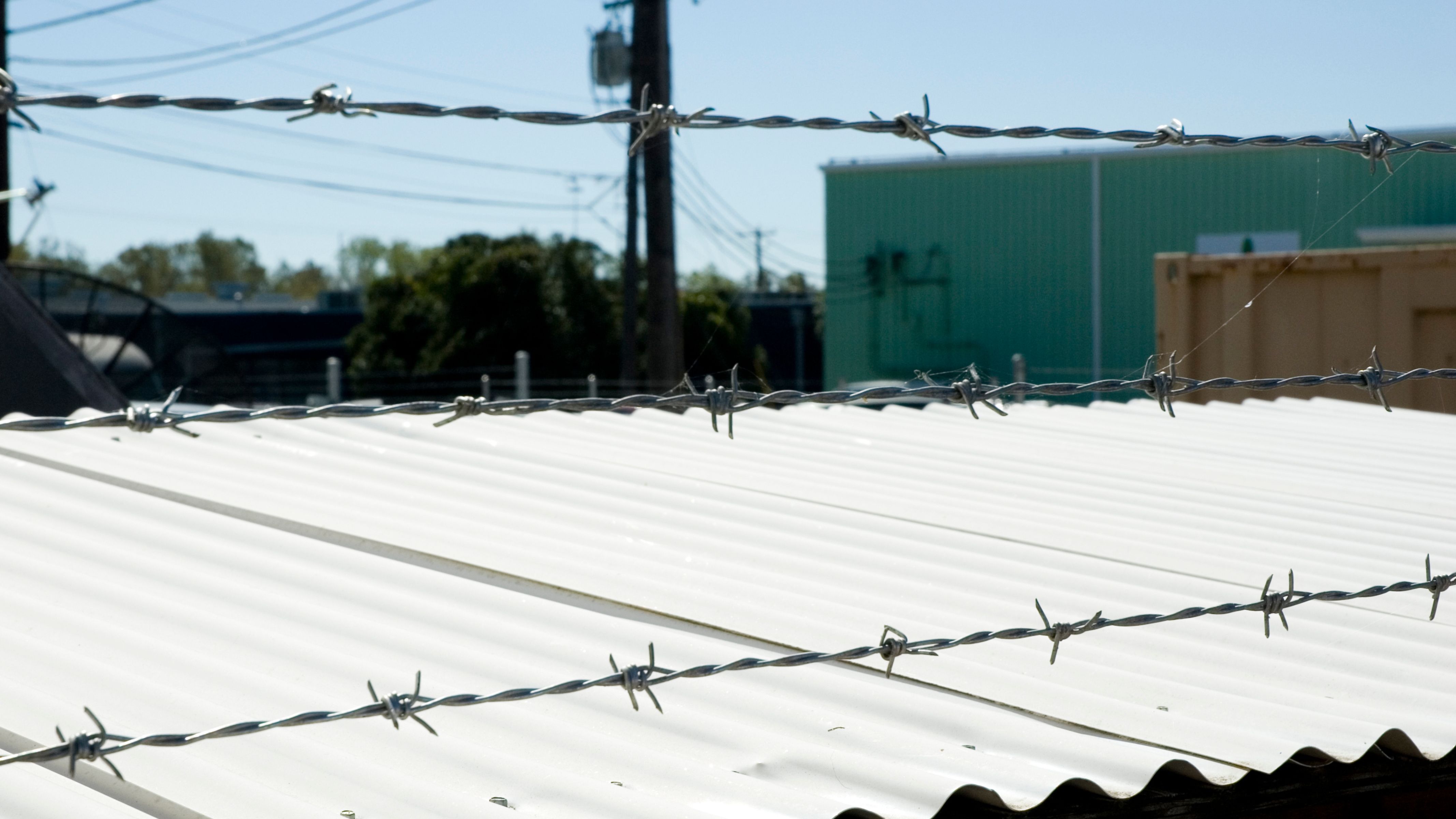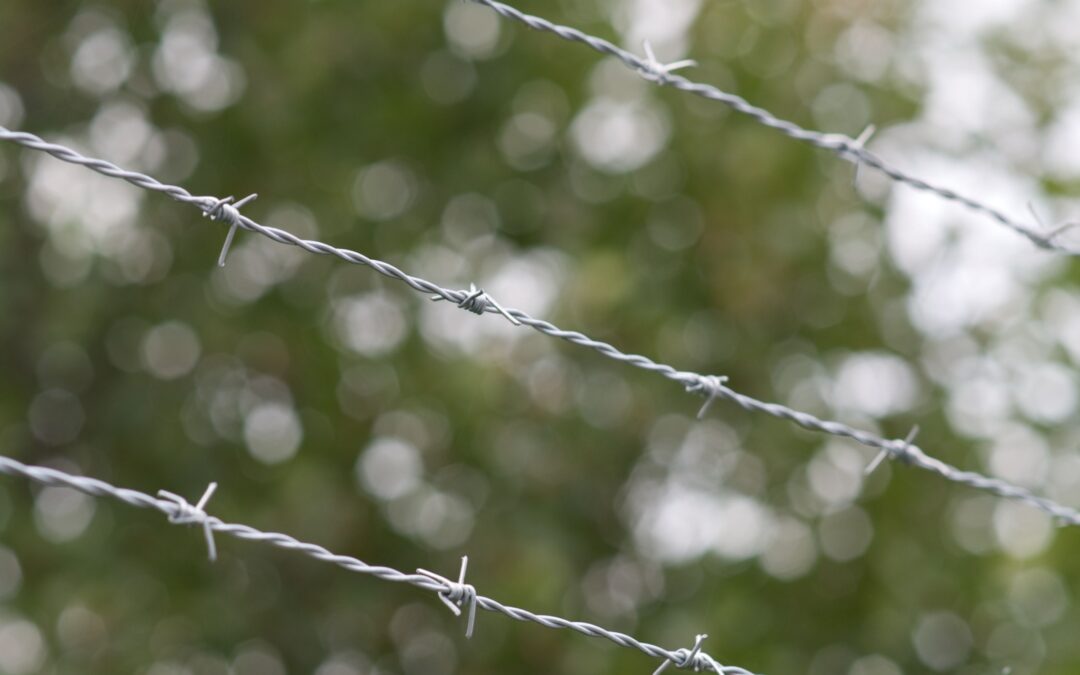Introduction
Welcome to our blog, where we aim to dispel the myths surrounding barbed wire! These stark, intimidating walls conceal stories of security, limits, and even symbolism that are frequently missed in ordinary landscapes. Come explore the history, relevance, and discussions that barbed fences spark as we delve into the complex world of these barriers.
Comprehending the Past

Security and Boundaries
The function of barbed fences in contemporary society is inherently linked to security and boundaries. These strong barriers are used all throughout the world to mark boundaries, protect assets, and prevent illegal entry. Barbed fences are an unmistakable reminder of the need for security and control, whether they surround private estates, prisons, or military locations. In addition to serving a practical purpose, they stand for the defense of property and the assertion of sovereignty. Barbed wire is nevertheless a common sight in a time of increased security concerns because it defines boundaries and serves to emphasize exclusivity and ownership.

Symbolism and Controversies
Barbed fences are as complex in symbolism and controversy as the wire itself. They stand for the harsh realities of persecution, incarceration, and community divide to some. Barbed wire is a powerful reminder of human suffering and the transience of freedom because it conjures images of war zones, prisons, and past injustices. On the other hand, other people view these fortifications as essential defenses that preserve personal safety, property, and sovereignty. Immigration, national security, and social injustice are among the topics discussed in relation to their use, underscoring the intricate relationship between exclusion and protection. Thus, barbed fences represent both the threats to human dignity and liberty as well as the desires for security, existing in a liminal region in the communal psyche.

Environmental Impact
Barbed fences have an adverse effect on ecosystems and wildlife habitats in addition to their direct functional effects. Natural migration patterns might be disturbed and ecosystems can be fragmented when animals come into contact with these barriers, perhaps leading to harm or even death. Calls for environmentally friendly fencing options that reduce damage to wildlife populations have been sparked by worries about habitat fragmentation. Additionally, because the manufacturing procedures need resources and produce There is an increasing emphasis on implementing sustainable fencing methods and looking at options that strike a balance between environmental stewardship and human requirements as awareness of ecological preservation rises.
Conclusion
Ultimately, barbed fences serve as mute witnesses to the intricacies of human existence. Whether acting as protectors of safety or markers of alienation, their influence permeates stories and landscapes all around the world. We can understand the complex fabric of our common human experience by delving into its meaning, history, and disputes. Come along on this adventure as we consider the fences that form our environment and solve the mysteries around barbed wire.


Recent Comments